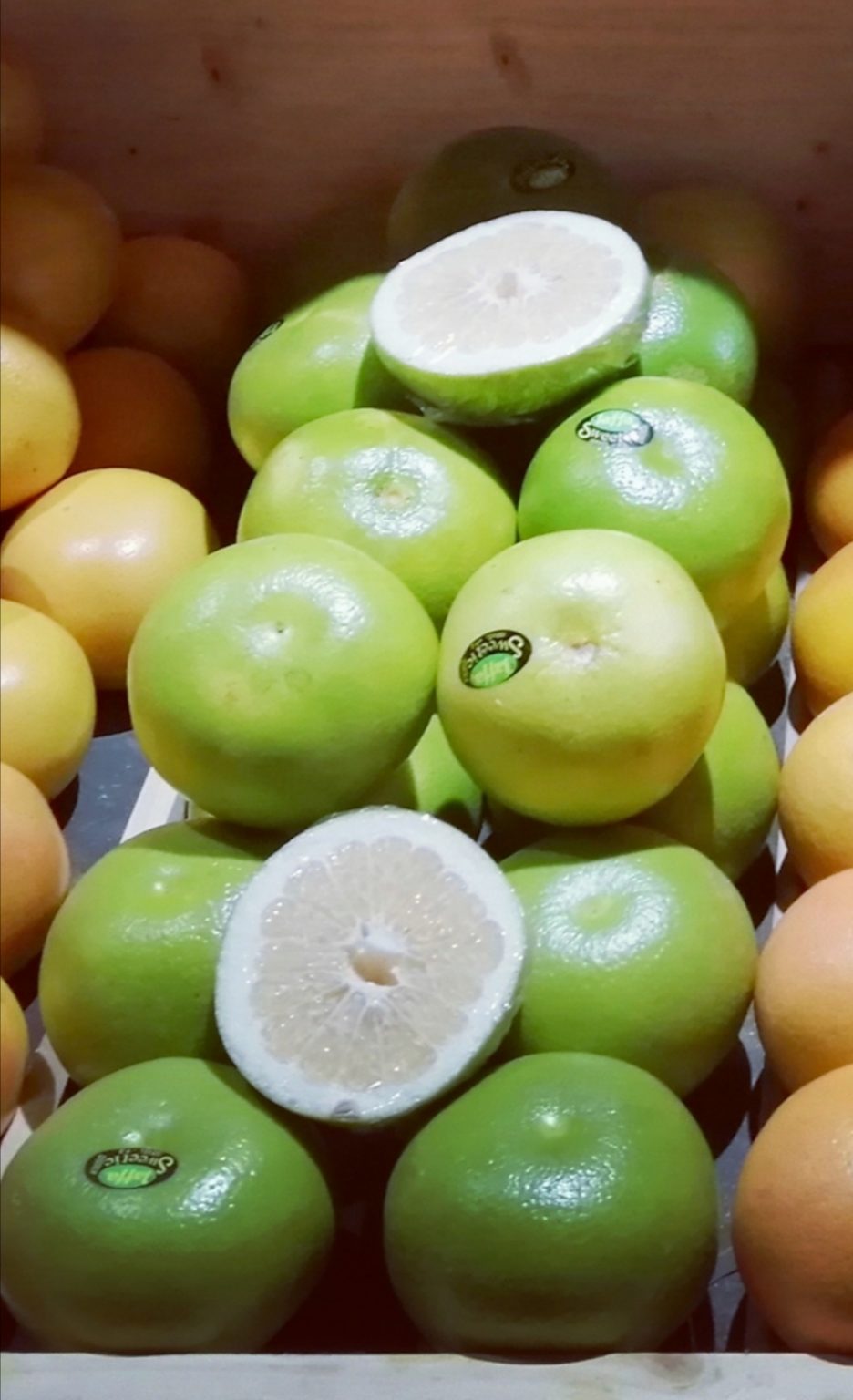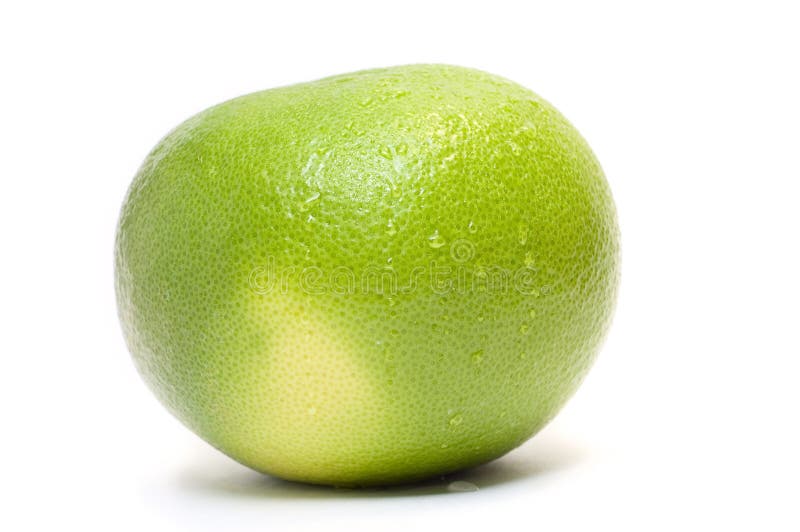

Israeli farmers, however, good at marketing and shaping perceptions, came up with the idea of calling them Sweeties and making their greenness a selling point to distinguish them from others. At first oroblancos were a favorite of shoppers, given the ideal balance they have of sweetness and tartness completed by a delicious piney flavor, and sellers loved their long shelf life.īut with the deceiving green peel suggesting an unripe fruit, which in this case doesn’t apply, of course, it turned off many buyers and producers stopped planting the trees. The white gold of grapefruit, as some call it, didn’t have a particularly a smooth path, commercially speaking. The white pith, however, must be discarded as it has a bitter taste. When peeling the rind, which is a bit thicker than normal, save it, dry it and add it to tea pots for extra fragrance and a citrus aftertaste.
#Pomelo sweeties skin#
The skin must be shiny, unblemished, and unpuckered otherwise it can hide a dry flesh inside.

A citrus and bitter scent says it’s not yet ready while a floral and grassy fragrance alongside it feeling too heavy for its size indicates the fruit is ripe and sweet. It’s the smell that is a more accurate guide.

The oroblanco’s color does not give much of a clue as to how ripe the fruit is because a deep green one can be ready to eat and taste sweet. Well, isn’t that convenient? And like every citrus, it is high in Vitamin C too. In fact people say that it’s just like a grapefruit with the sugar already added, but don’t worry, it has a low-calorie content, between 20 to 70 calories per fruit, 40 calories per 100 g. And, as the name implies, it does taste sweet.


 0 kommentar(er)
0 kommentar(er)
